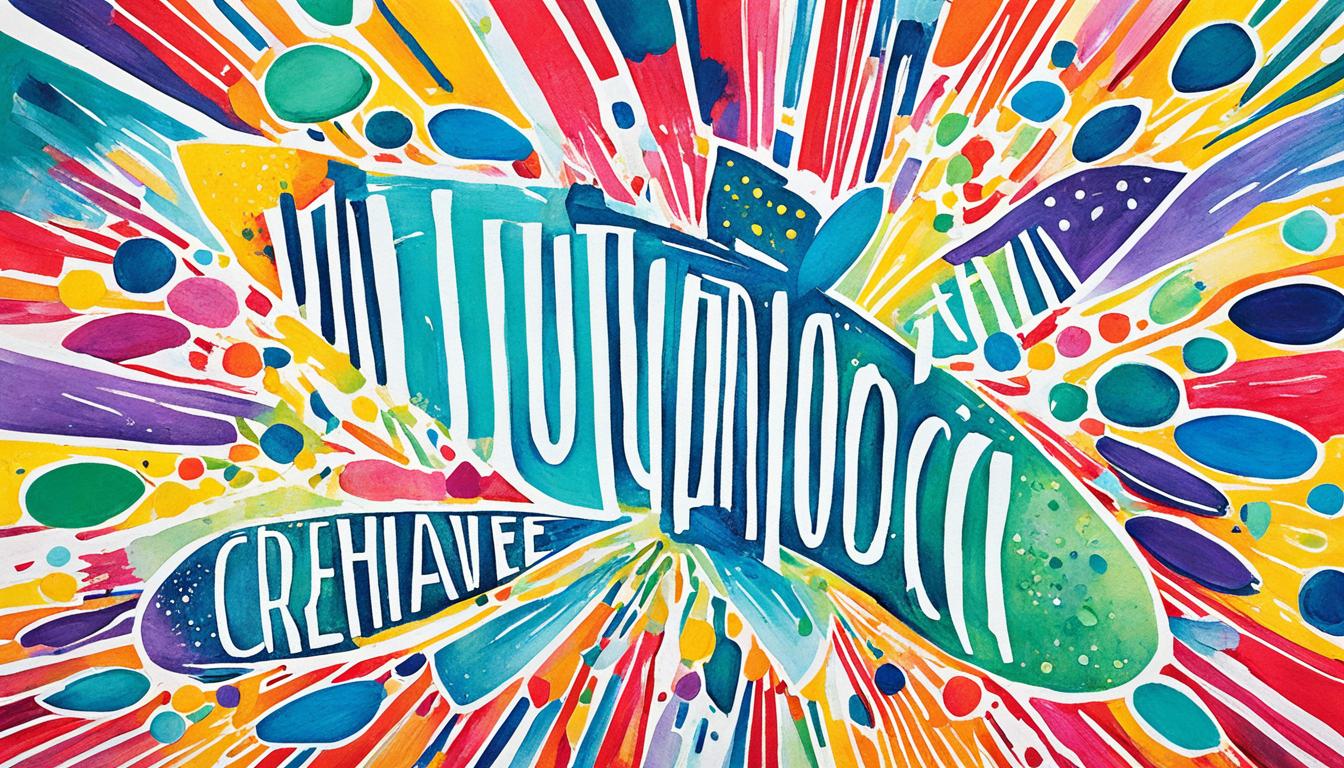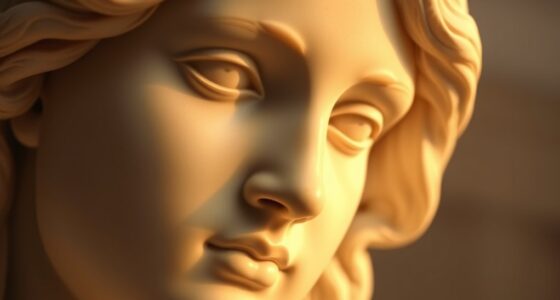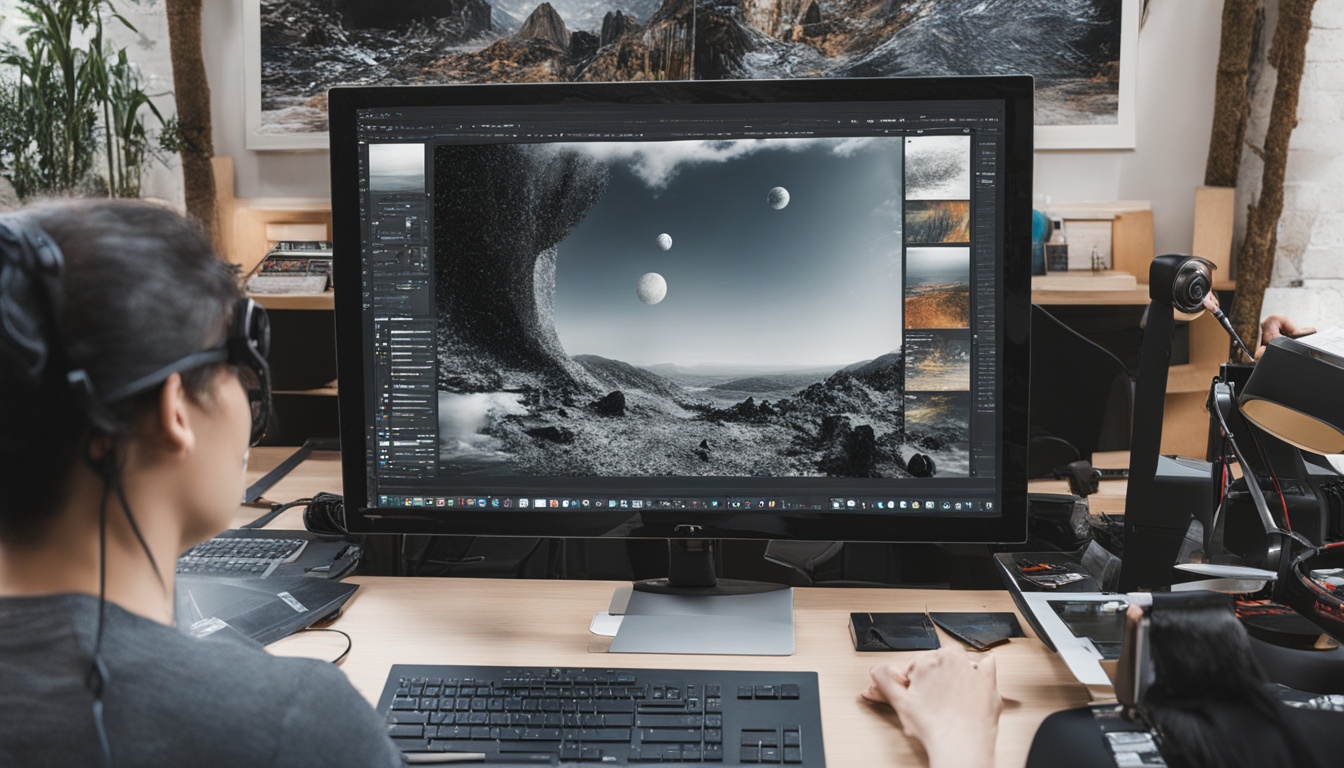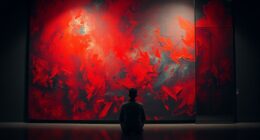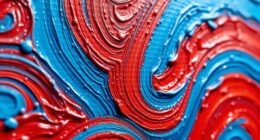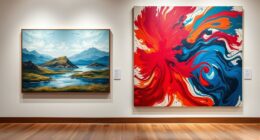Have you ever stood in front of a piece of art, feeling a profound disconnect from what seems to be simply an arrangement of colors or a sculpture in a gallery? You’re not alone. Understanding conceptual art theory can be an eye-opening journey, radically redefining our relationship with creativity and expression. Rather than focusing solely on the artwork itself, conceptual art invites you to delve into the underlying ideas and intentions behind it, challenging you to ask: What is this artist trying to convey? Embarking on this exploration unveils a world where questions take precedence over answers, urging you to not only observe but engage meaningfully with art. In this guide, we will break down what is conceptual art theory and how it has transformed the landscape of contemporary art. Understanding the art theory behind conceptual art invites you to embrace a more interactive and participatory form of art appreciation. It encourages you to think critically about the messages and concepts being conveyed, and how these ideas are reflected in the execution of the artwork. By understanding the art theory, you can begin to see art as more than just a visual experience, but as a platform for stimulating thought and engaging in dialogue with the artist’s vision.
Key Takeaways
- Conceptual art emphasizes ideas over traditional materials and forms.
- Originated in the 1960s and ‘70s, reshaping modern art.
- Inspired by key figures like Marcel Duchamp and Yoko Ono.
- Encourages viewers to ponder the concepts behind artworks.
- Common themes include questioning the status quo and self-reflection.
Understanding Conceptual Art Theory
Exploring what is conceptual art theory reveals a fascinating realm where ideas take precedence over traditional aesthetics. Conceptual art prioritizes the conception behind the artwork rather than its visual appeal. This artistic movement emerged prominently during the mid-to-late 1960s, with significant influence from various styles such as Minimalism. As you delve deeper, you’ll enhance your understanding of conceptual art and the fundamental shifts it brought to the art world.
What is Conceptual Art Theory?
What is conceptual art theory? At its core, it establishes a framework emphasizing that the essence of art lies within its idea rather than its physical execution. This marked a departure from the traditional focus on craftsmanship and beauty. Artists began to engage viewers in dialogues around the meaning, context, and purpose of art. By doing so, conceptual art has encouraged you to question established norms and challenged the perceived value of art objects themselves.
Conceptual Art Definition
The conceptual art definition speaks to the movement’s roots in the 1960s, distinctly defining how art was perceived. Pioneers like Sol Lewitt contributed significantly to popularizing the term through impactful writings and art pieces. Key figures such as Vito Acconci and John Baldessari emerged, enriching the discourse around understanding conceptual art. Works from influential artists often incorporate straightforward statements and an intellectual approach, aiming to provoke thought and redefine the boundaries of what art could represent.

Conceptual Art History
The roots of conceptual art run deep, tracing back to the radical art movements of the 1960s and 1970s. This time marked a shift away from traditional artistic practices, inviting fresh perspectives concerning the relationship between the artist and the audience. Influential events played pivotal roles in shaping conceptual art history, leading to its undeniable impact on the art community.
Historic Roots of Conceptual Art
In 1961, Henry Flynt first introduced the term “concept art” in his essay, laying the foundation for the conceptual art movement. This marked the beginning of a transformation that would redefine artistic expression. Marcel Duchamp emerged as a guiding figure, with his remarkable readymades challenging existing norms. His 1917 piece, Fountain, a signed urinal, became symbolic of the movement’s intent to provoke thought rather than simply please the eye. Duchamp’s work and philosophy directly influenced the rise of conceptual art, encouraging artists to move beyond conventional imagery.
Key Events in Conceptual Art’s Development
Throughout the 1970s, key events enriched the development of conceptual art, solidifying its place within mainstream art discourse. The first dedicated exhibition, Conceptual Art and Conceptual Aspects, opened in 1970 at the New York Cultural Center. This landmark moment showcased the new direction artists were taking, prompting serious conversations about the nature of art itself.
The influence of conceptual art extended into the work of subsequent artists during the 1980s and 1990s, including notable figures such as Sherrie Levine and Douglas Gordon. The art movement not only reflected important social changes but also actively engaged with issues confronted by contemporary society. As conceptual art’s reach expanded, it changed perceptions and expectations surrounding the creation and consumption of art.
| Year | Event | Impact |
|---|---|---|
| 1961 | Henry Flynt coins “concept art” | Foundation for conceptual art movement |
| 1917 | Marcel Duchamp creates Fountain | Challenges traditional aesthetics |
| 1970 | Exhibition at the New York Cultural Center | Solidifies conceptual art in mainstream dialogue |
| 1980s | Resurgence of artists like Sherrie Levine | Amplifies conceptual art’s influence |

Characteristics of Conceptual Art
Conceptual art possesses distinct characteristics that separate it from traditional forms of artistic expression. The theory of conceptual art emphasizes ideas over physical aesthetics, allowing for a deep exploration of thought and meaning. This shift marks a significant evolution in contemporary conceptual art, inviting you to engage with the deeper messages artists convey.
Common Features of Conceptual Art
The characteristics of conceptual art often include:
- An emphasis on ideas rather than tangible objects.
- A tendency to reject conventional media such as painting or sculpture.
- Use of alternative forms like performance, photography, and mixed media.
- Highlighting the process of creation and the thought behind it.
- A questioning of what qualifies as art and the role of the artist.
The Role of Language
Language holds a vital place in conceptual art. It serves as a vehicle for conveying complex messages and encouraging viewers to think critically. Many works utilize text to provoke thought or underscore the ideas being presented. This focus on linguistic expression contributes to the unique characteristics of conceptual art, enabling a rich dialogue between the viewer and the work. Through such interactions, the broader implications of contemporary conceptual art become apparent, fostering new ways of understanding creativity and its impact.
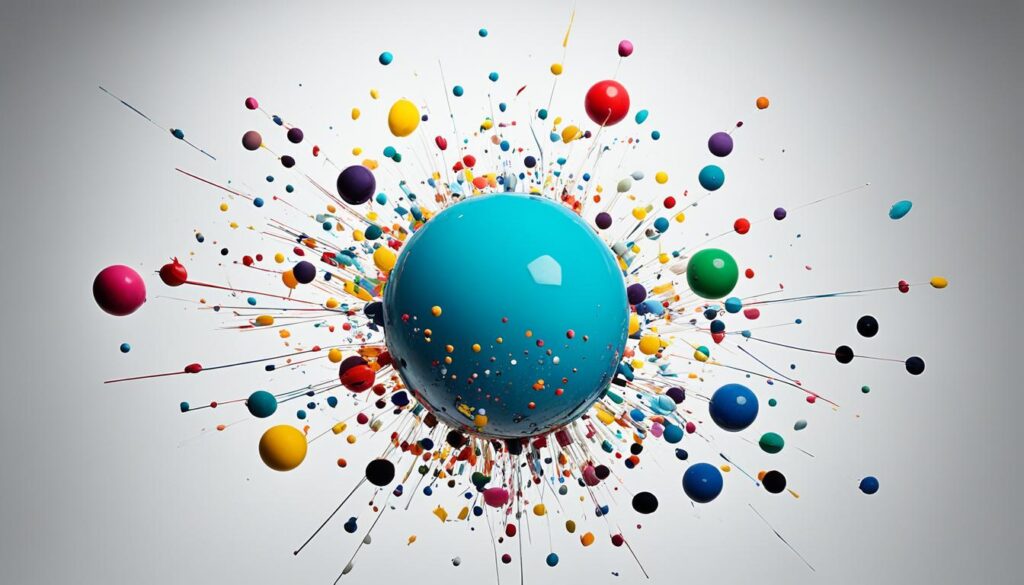
Notable Conceptual Art Examples
Conceptual art has produced a rich tapestry of thought-provoking works that challenge traditional notions of creativity and artistic expression. By examining the contributions of influential artists and their groundbreaking pieces, you can gain insights into the essence of this compelling movement. Below, you will discover key examples that represent pivotal moments in conceptual art history.
Influential Artists and Their Works
Several notable figures have emerged in the realm of conceptual art, each leaving an indelible mark through their unique works. Some pivotal artists and their significant contributions include:
- Marcel Duchamp – His iconic piece, “Fountain,” revolutionized perceptions of art by presenting a urinal as a work of art, provoking debates about the nature of creativity.
- Joseph Kosuth – Notable for “One and Three Chairs,” he explored the relationship between language and objects, emphasizing how meaning is constructed through context.
- Yoko Ono – With her performance piece “Cut Piece,” Ono engaged audiences in a dialogue about vulnerability and the act of participation in art.
- John Baldessari – Combining photography and text, Baldessari’s work exemplified the intersections between various media and challenged viewers’ interpretations.
Analysis of Landmark Conceptual Art Pieces
The analysis of landmark conceptual art pieces invites you to delve deeper into the intentions behind these works. Each piece offers a unique context that enhances the viewer’s experience. Here’s a closer look at significant works:
| Artist | Art Piece | Year | Significance |
|---|---|---|---|
| Marcel Duchamp | Fountain | 1917 | Challenges traditional definitions of art; transforms everyday objects into high art. |
| Joseph Kosuth | One and Three Chairs | 1965 | Explores the relationship between an object, its representation, and the definition of the concept. |
| Yoko Ono | Cut Piece | 1964 | Engages audience participation and highlights themes of vulnerability and identity. |
| John Baldessari | Wrong | 1975 | Uses humor to provoke thought and critiques the seriousness of traditional art. |
These conceptual art examples underscore the movement’s emphasis on ideas over execution, showcasing how influential artists continue to shape and challenge the landscape of contemporary art.

Conclusion
As you reflect on the evolution of conceptual art, it becomes clear that this movement has significantly impacted the broader artistic landscape. Emerging in the 1960s as a reaction against formalism and driven by the critiques of conceptual art’s perceived elitism, it invites you to delve into the essential nature of art itself. Artists like Marcel Duchamp and the ideologies proposed by Isidore Isou laid foundational concepts that shifted the focus from tangible artworks to the ideas that underlie them.
Understanding conceptual art requires more than simply appreciating visual aesthetics; it engages you in contemplation and critical thinking about the ideas conveyed. Despite the critiques regarding its complexity and intellectual demands, the movement continues to inspire new generations. The theories proposed by philosophers like Peter Osborne have illuminated the dynamic intersection of language and meaning within conceptual art, pushing you to explore its profound implications.
Looking ahead, the future directions for conceptual art remain bright and multifaceted. Today’s artists, influenced by this movement, are addressing pressing social and political issues, using their work as catalysts for activism and change. By embracing the curiosity that conceptual art encourages, you can actively participate in the ongoing dialogue regarding the meanings and potentials of art in our ever-evolving society.


